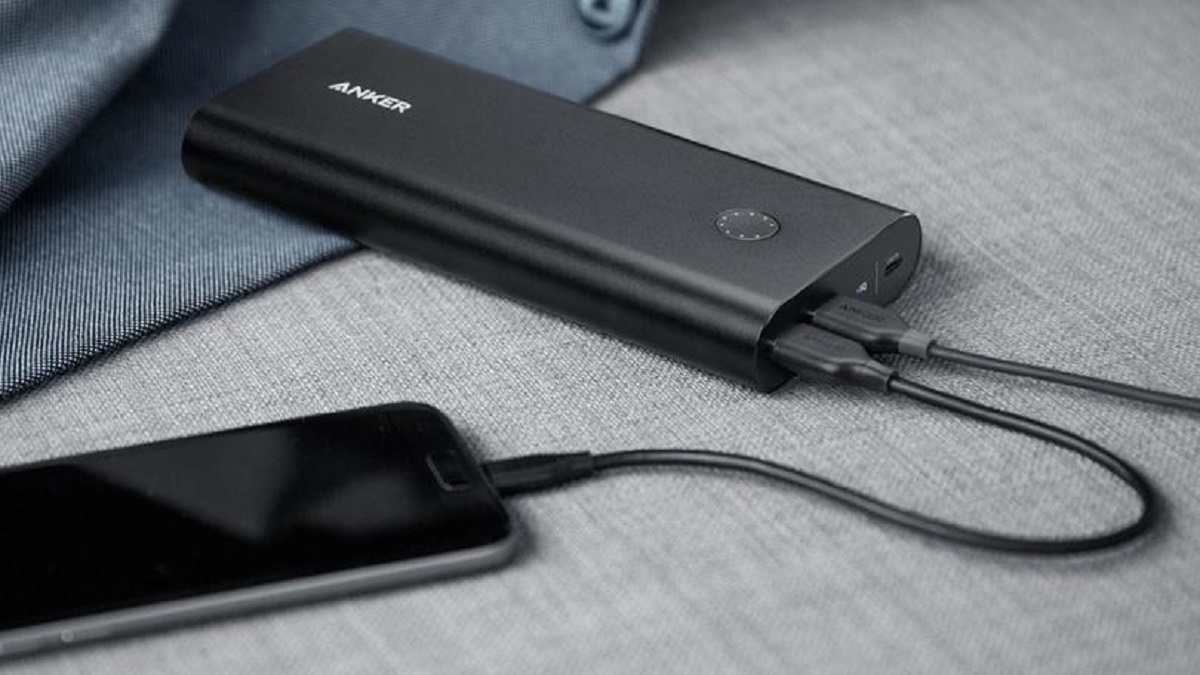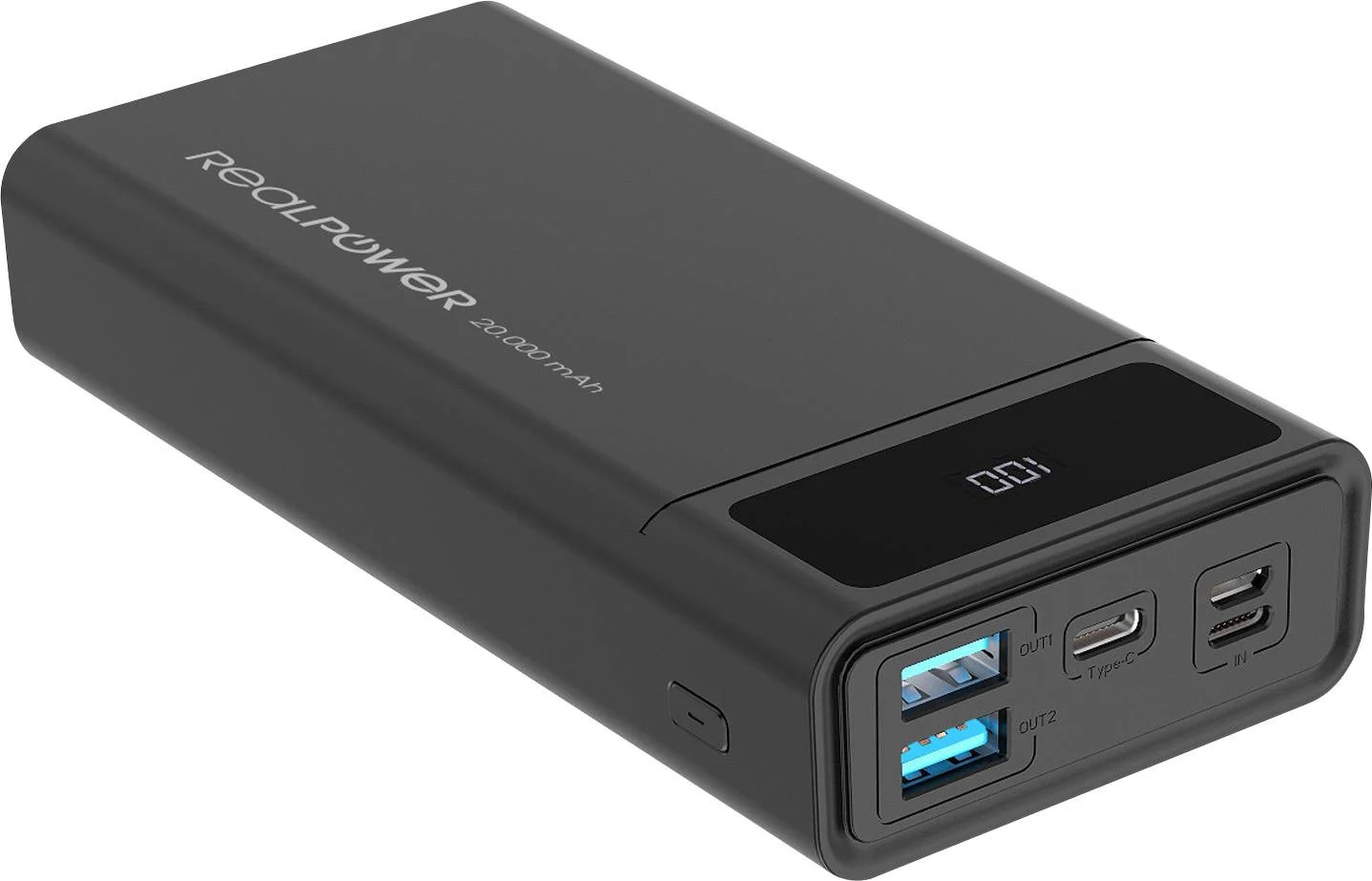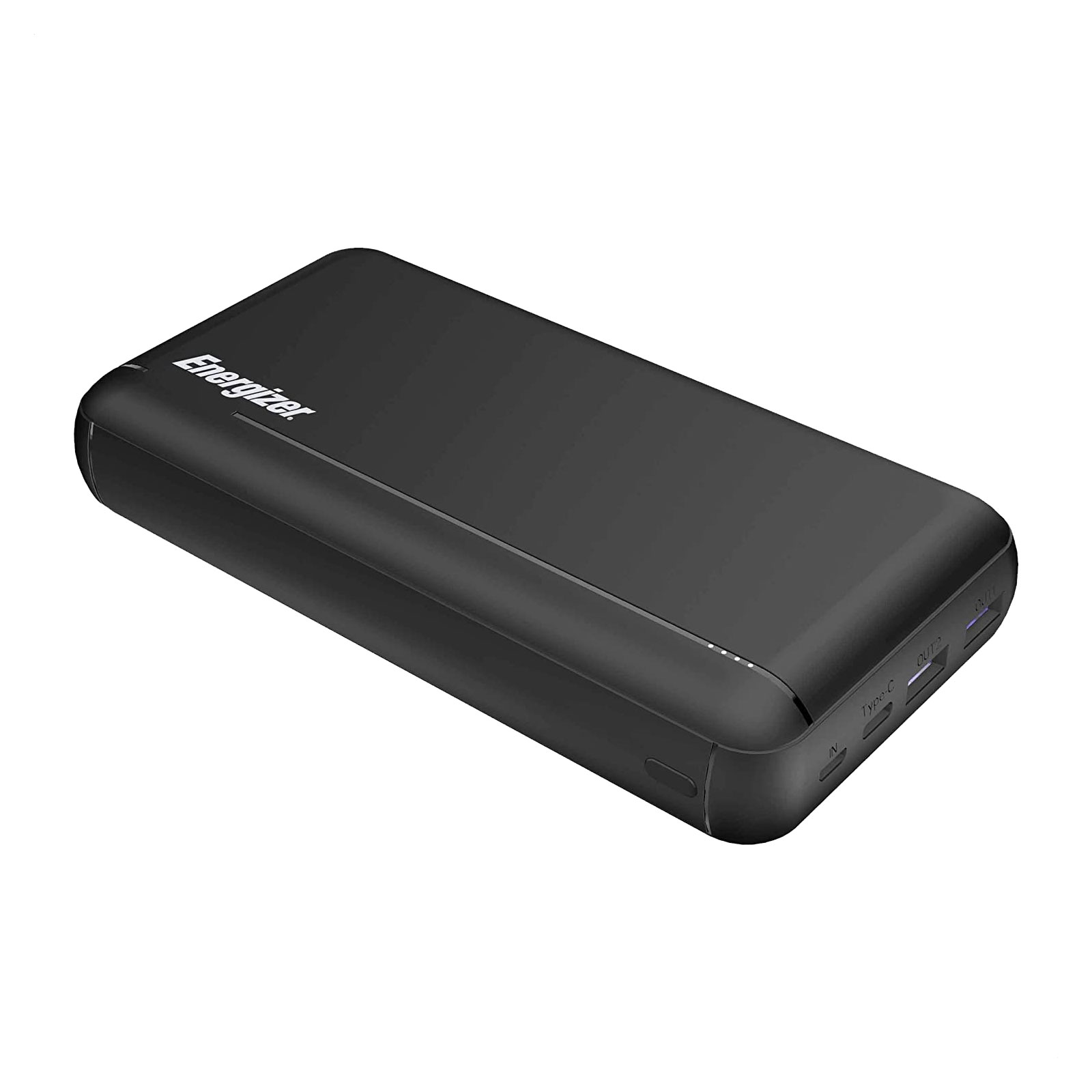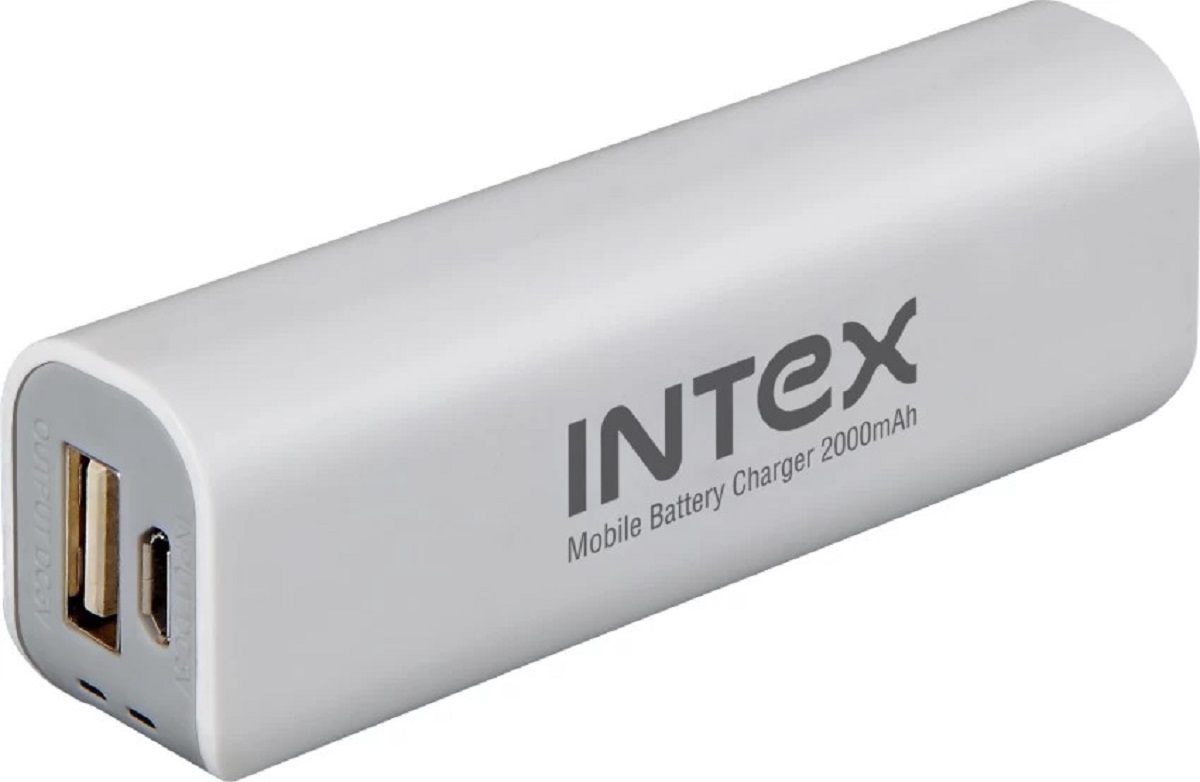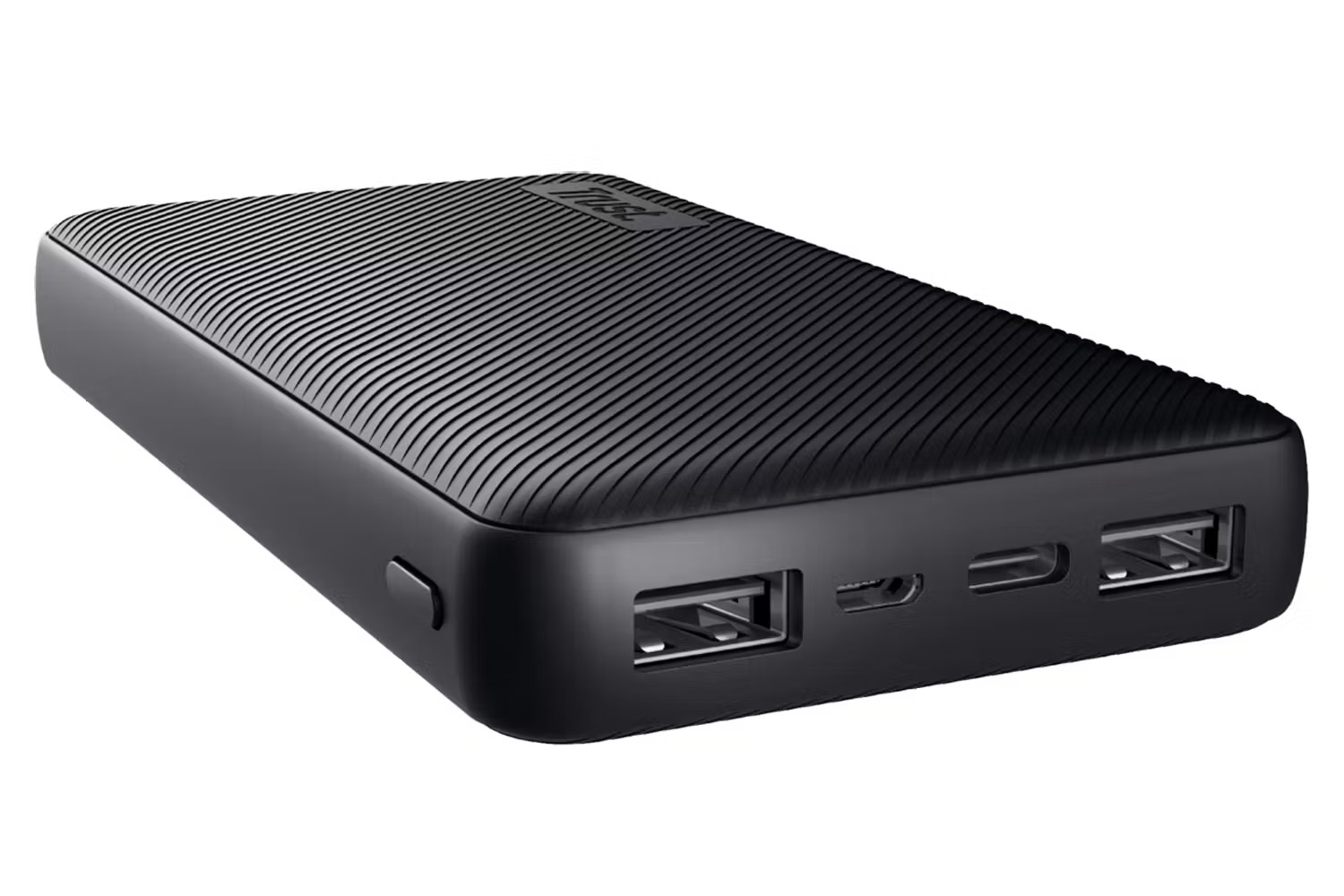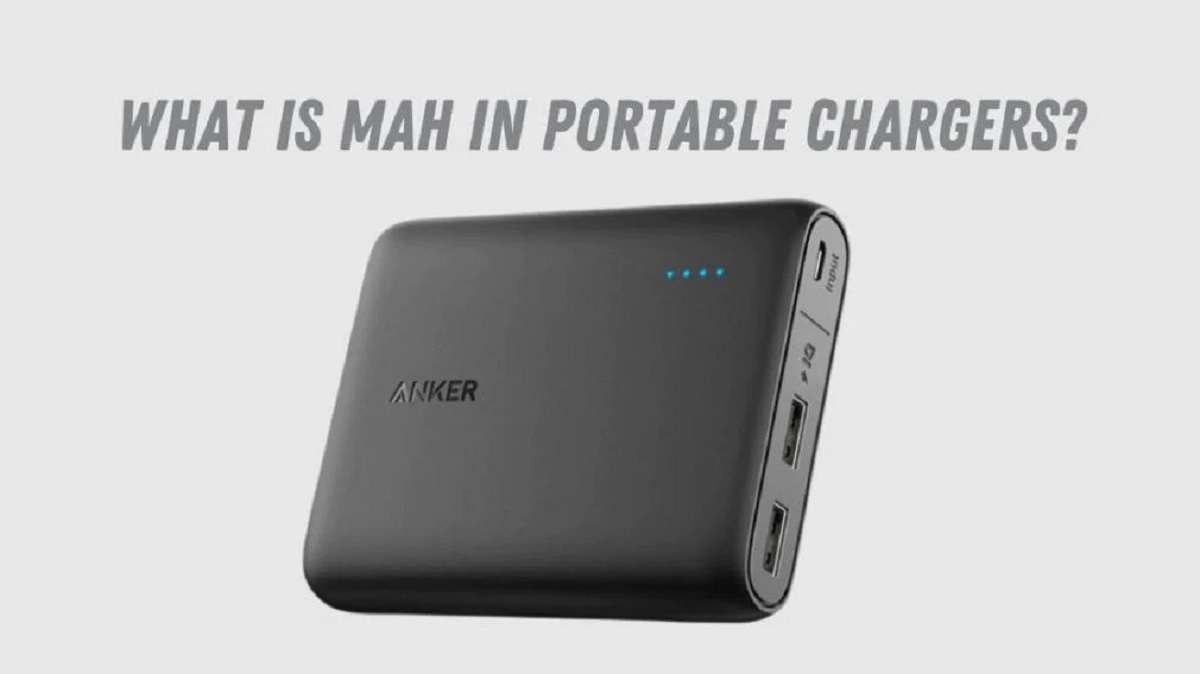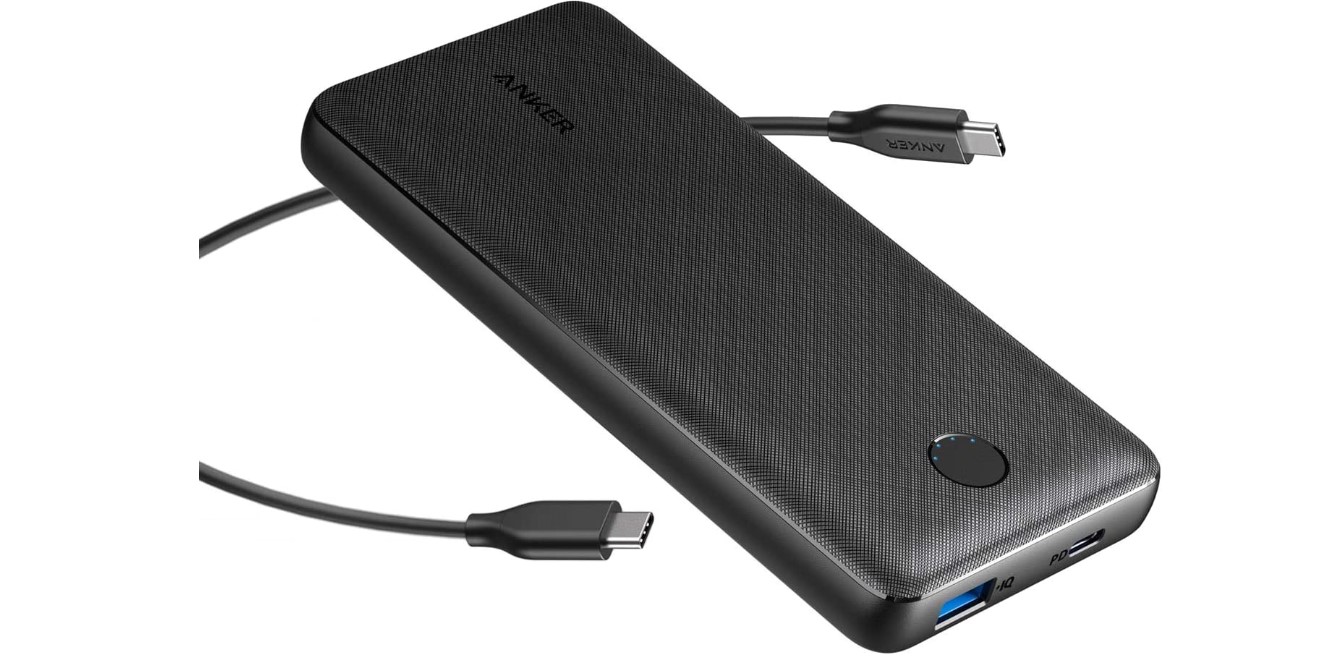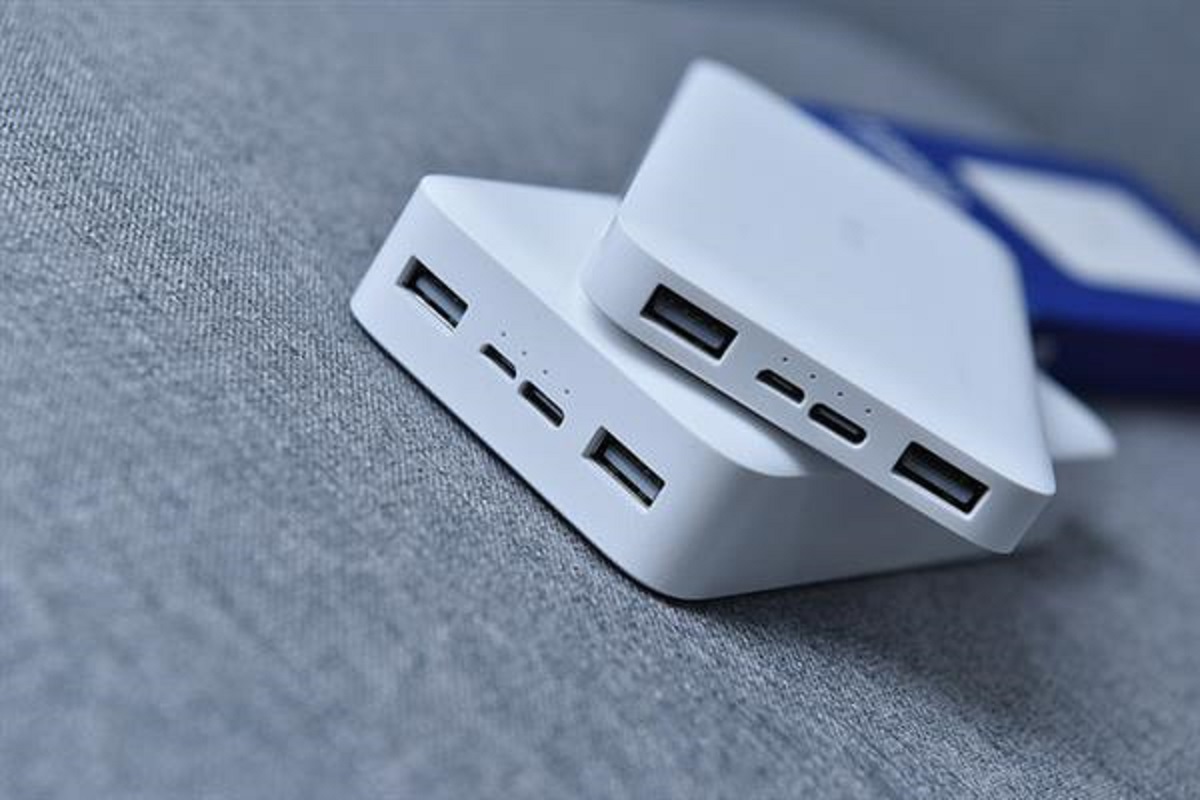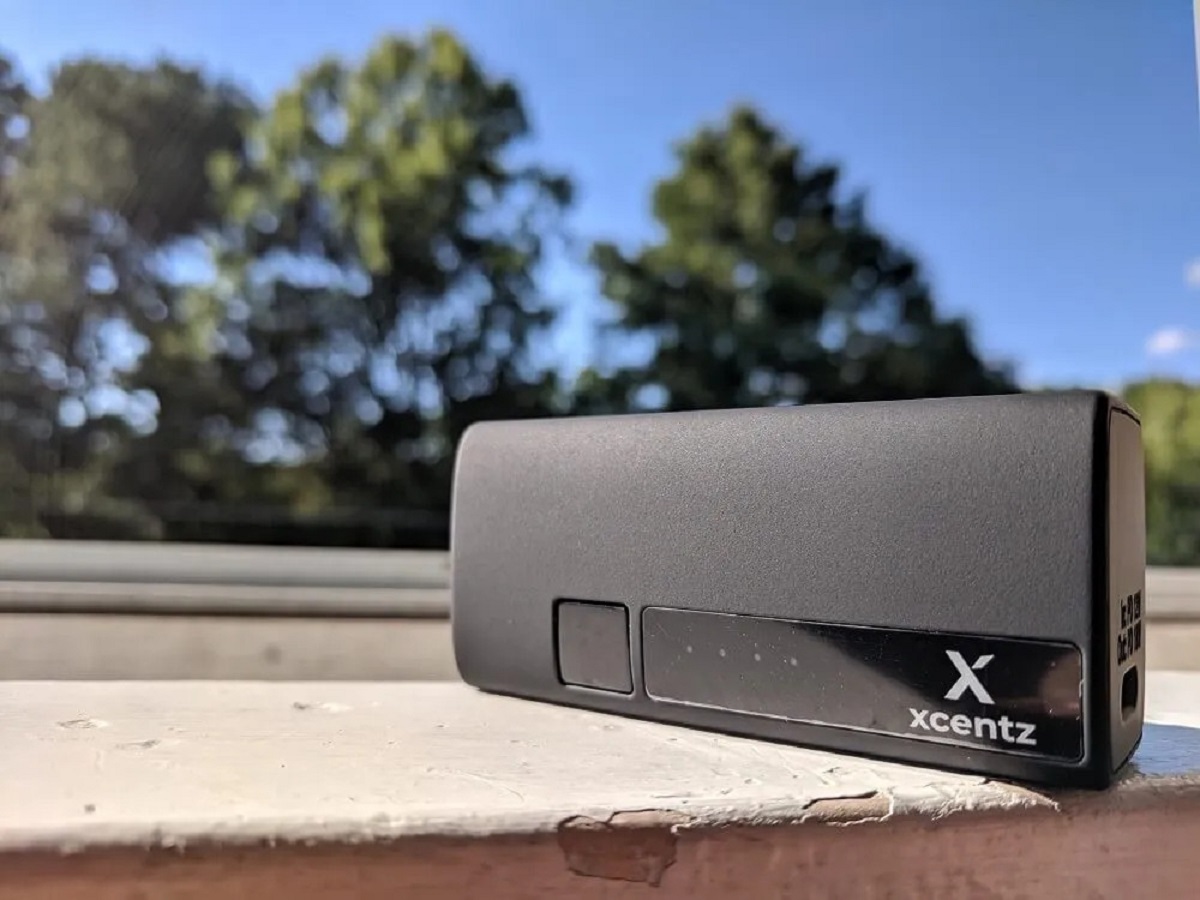Introduction
Welcome to the world of portable power banks! In today’s fast-paced digital age, our reliance on devices like smartphones, tablets, and laptops is greater than ever. However, these devices are only as good as their battery life allows. This is where power banks come to the rescue, providing a convenient and portable solution for keeping our devices charged on the go.
When it comes to choosing the best power bank for your needs, one of the critical factors to consider is milliampere-hours (mAh). But what exactly is mAh, and why is it so important?
Milliampere-hours (mAh) is a unit used to measure the capacity of a battery, including power banks. Simply put, it represents how much charge the battery can store. The higher the mAh rating, the more charge the power bank can hold, and the longer it can keep your devices powered up.
However, it’s important to note that the mAh rating alone is not the sole determining factor of how many times a power bank can charge your devices. There are several other variables to consider, such as device efficiency, power bank efficiency, and cable quality. But the mAh rating is still a handy indicator of how much juice is available in your power bank.
Without further ado, let’s delve into the factors to consider when choosing a power bank mAh to ensure you get the best possible performance for your beloved devices.
What is mAh?
Milliampere-hours (mAh) is a unit of measurement used to quantify the capacity of a battery, including power banks. It represents the amount of charge that a battery can store. The higher the mAh rating, the more charge the battery can hold, and the longer it can power your devices.
Think of mAh as the fuel tank of your power bank. The larger the tank (higher mAh rating), the more fuel (charge) it can hold and the longer it can power your devices before needing to be recharged itself.
For instance, a power bank with a 2000mAh rating can theoretically provide 2000 milliamperes of current for one hour, or 1000 milliamperes for two hours, and so on. However, it’s important to note that the actual charging capacity of a power bank can be lower than its rated mAh due to various factors such as energy conversion losses and temperature.
It’s also worth mentioning that the mAh rating of a power bank can vary significantly. You can find power banks ranging from as low as 2000mAh to as high as 30,000mAh or even more. The choice of mAh rating depends on your specific needs and usage requirements.
When it comes to deciding the ideal mAh for your power bank, consider how and where you will be using it. Will you primarily use it for emergencies or occasional top-ups? Or do you need a power bank that can keep your devices charged for an entire weekend camping trip? These considerations will help you determine the appropriate mAh capacity for your power bank.
Furthermore, it’s important to note that not all devices have the same power requirements. Smartphones typically have lower power demands compared to tablets or laptops. Therefore, choosing the right mAh rating is crucial to ensure your power bank can adequately charge your specific devices.
Now that we have a good understanding of what mAh is, let’s explore the factors to consider when choosing the right mAh for your power bank.
Factors to consider when choosing a power bank mAh
When selecting the right mAh capacity for your power bank, several factors should be taken into consideration:
- Device Power Requirements: The power needs of your device(s) play a crucial role in determining the appropriate mAh rating for your power bank. Check the battery capacity of your device(s) and consider how frequently and heavily you use them. For example, if you have a smartphone with a 3000mAh battery, a power bank with a capacity of at least 3000mAh would be a good choice to provide one full charge.
- Number of Devices: Consider how many devices you need to charge simultaneously. If you often need to charge multiple devices at once, opt for a power bank with a higher mAh capacity to ensure it can handle the charging needs of all your devices.
- Portability: If you prioritize portability and prefer a lightweight and compact power bank, you may need to sacrifice some mAh capacity. Higher mAh power banks tend to be larger and heavier. Strike a balance between capacity and portability based on your specific needs.
- Charging Frequency and Duration: Think about how frequently and for how long you will be away from a power source. If you frequently find yourself in situations where access to a power outlet is limited, a power bank with a higher mAh rating would be more suitable to keep your devices charged throughout the day or even multiple days.
- Budget: Higher mAh power banks generally come with a higher price tag. Evaluate your budget and determine the maximum amount you are willing to spend on a power bank. Remember that there are affordable options available even with moderate mAh capacities.
By considering these factors, you can make a more informed decision when choosing the right mAh capacity for your power bank. It’s essential to strike a balance between your power requirements and practicality.
Now that we understand the factors to consider, let’s move on to how you can choose the right mAh capacity for your specific devices.
Choosing the right mAh for your device
When it comes to selecting the ideal mAh capacity for your power bank, it’s essential to consider the power requirements and usage patterns of your device(s). Here are a few steps you can follow to choose the right mAh for your device:
- Identify your device’s battery capacity: Check the specifications or user manual of your device to determine its battery capacity. This information will give you a baseline for selecting an appropriate mAh rating.
- Calculate the desired number of charges: Decide how many times you would like your device to be fully charged by the power bank. Divide your device’s battery capacity by the mAh rating of the power bank to get an estimate of the number of charges it can provide. Keep in mind that energy conversion losses may affect the actual number of charges.
- Consider your usage patterns: Reflect on how frequently you use your device, and how long you need it to stay powered. If you are a heavy user or travel frequently, you may want to opt for a higher mAh capacity to ensure your power bank can keep up with your needs.
- Account for other device power requirements: If you have multiple devices that you need to charge with the power bank, consider the combined power requirements of all the devices. Ensure that the power bank’s mAh capacity can provide sufficient charges for all your devices.
- Factor in additional features: Some power banks offer additional features like fast charging, multiple USB ports, or compatibility with specific devices. Take these features into account when determining the right mAh rating for your power bank.
It’s important to note that getting a power bank with a higher mAh rating than necessary does not necessarily guarantee better performance. It may result in a bulkier and heavier device, which may not be convenient for everyday use or portability.
By following these steps and considering your device’s power requirements and usage patterns, you can make an informed decision about the appropriate mAh capacity for your power bank. This will ensure you have a reliable and efficient power source to keep your devices charged on the go.
Common misconceptions about mAh and power banks
There are several common misconceptions surrounding mAh and power banks that can lead to confusion when choosing the right power bank for your needs. Let’s address some of these misconceptions:
- More mAh means faster charging: This is a common misunderstanding. The mAh rating of a power bank refers to its capacity, not its charging speed. Power bank charging speed is determined by its output current (measured in amps) and the device’s input capabilities.
- Higher mAh equals more charges: While higher mAh generally translates to more charges, it’s important to consider device efficiency and energy conversion losses. These factors can reduce the actual number of charges a power bank can provide.
- All power banks with the same mAh rating have equal performance: Not all power banks are created equal. Factors such as battery quality, circuitry, and efficiency can impact the performance of a power bank, even with the same mAh rating.
- All devices require the same mAh capacity: Different devices have varying power requirements. Smartphones generally require lower mAh capacity compared to tablets or laptops. It’s important to choose the appropriate mAh capacity based on the power needs of your specific devices.
- Charging a device with a higher mAh power bank can damage it: This is a common misconception. Power banks are designed to provide the necessary power for a device without causing any damage. The device will only draw the power it needs, regardless of the power bank’s mAh rating.
It’s crucial to have a clear understanding of these misconceptions to make an informed decision when selecting a power bank. By dispelling these myths, you can choose a power bank that suits your requirements and avoid unnecessary confusion or disappointment.
Now that we have clarified these misconceptions, let’s move on to exploring the best range of mAh for different devices.
Best mAh range for different devices
The ideal mAh range for a power bank depends on the specific power requirements of your devices. Here are some general guidelines for the best mAh range for different devices:
- Smartphones: Most smartphones have battery capacities ranging from 2000mAh to 4000mAh. For regular smartphone users, a power bank with a capacity of 5000mAh to 10000mAh should be sufficient to provide at least one full charge to your phone. If you heavily rely on your smartphone throughout the day or need multiple charges, consider opting for a power bank with a higher capacity.
- Tablets and iPads: Tablets and iPads usually have larger battery capacities compared to smartphones. A power bank with a capacity between 10000mAh and 20000mAh is recommended for efficient charging. This range should provide multiple charges and keep your tablet or iPad powered for extended periods.
- Laptops and MacBooks: Laptops and MacBooks tend to have higher power demands. To ensure your laptop stays charged on the go, consider a power bank with a capacity of 20000mAh or higher. Look for power banks specifically designed for laptops, as they often provide the necessary voltage and power output required for reliable charging.
- Other devices (e.g., smartwatches, Bluetooth headphones): For smaller devices like smartwatches and Bluetooth headphones, the power requirements are relatively low. A power bank with a capacity of 3000mAh to 5000mAh should be sufficient to provide multiple charges for these types of devices.
Remember, these are general guidelines, and it’s important to consider the specific power requirements of your devices. Some devices may have unique power needs, and it’s always a good idea to check the manufacturer’s recommendations or consult the device’s user manual for optimal charging specifications.
By selecting a power bank within the appropriate mAh range for your specific devices, you can ensure that you have a reliable and efficient power source to keep your devices powered up whenever and wherever you need them.
Conclusion
Choosing the right mAh capacity for your power bank is crucial for ensuring that you have a reliable source of portable power to keep your devices charged when you’re on the move. Understanding the concept and importance of milliampere-hours (mAh) is the first step in making an informed decision.
Factors such as your device’s power requirements, the number of devices you need to charge, portability considerations, charging frequency and duration, and budget should all be taken into account when determining the appropriate mAh rating for your power bank. By considering these factors, you can strike a balance between capacity and practicality.
It’s important to address common misconceptions surrounding mAh and power banks, such as assuming that higher mAh always means faster charging or more charges. Additionally, recognizing that different devices have varying power demands will help you choose the best mAh range for your specific needs.
For smartphones, a power bank with a capacity of 5000mAh to 10000mAh should suffice, while tablets and iPads may require a power bank with a capacity between 10000mAh and 20000mAh. Laptops and MacBooks generally require higher-capacity power banks, 20000mAh or higher, to keep them charged on the go.
It’s essential to consider the specific power requirements of your devices and usage patterns when choosing a power bank. By doing so, you can ensure that you have a reliable and efficient power source that meets your needs, whether you’re traveling, working remotely, or simply need a backup power option.
Keep in mind that the mAh capacity alone is not the sole determining factor of how many charges a power bank can provide, and other variables such as device and power bank efficiency can affect the actual performance. Thoroughly evaluating your needs and understanding the capabilities and limitations of the power bank will help you make a well-informed decision.
So, go ahead and choose a power bank with the right mAh capacity for your devices, and enjoy the convenience of staying connected and powered up wherever you go.







